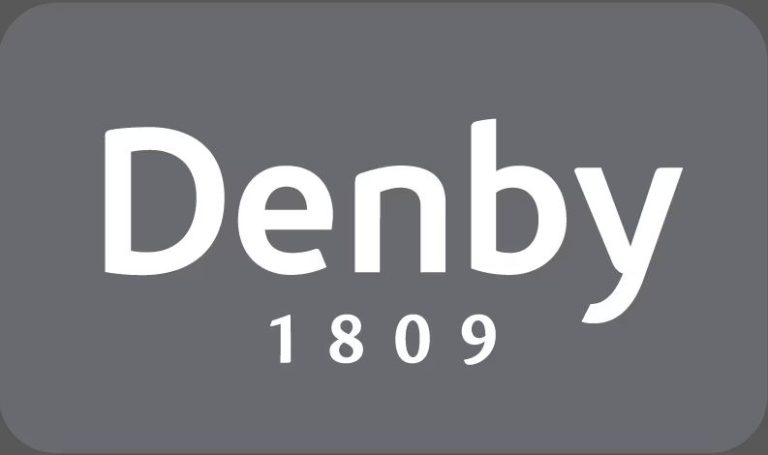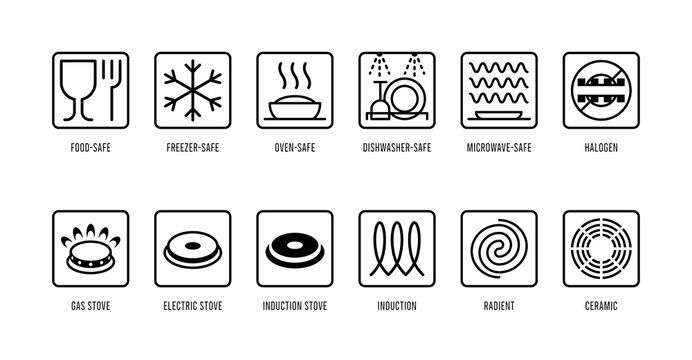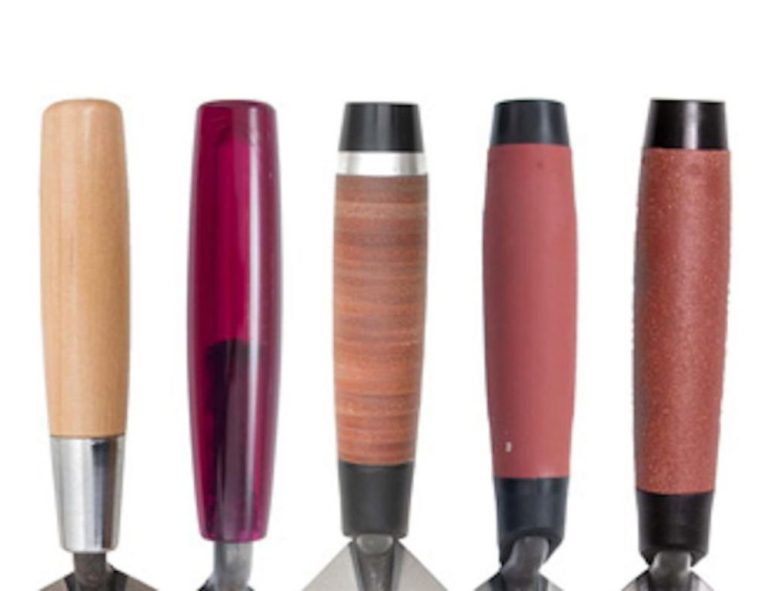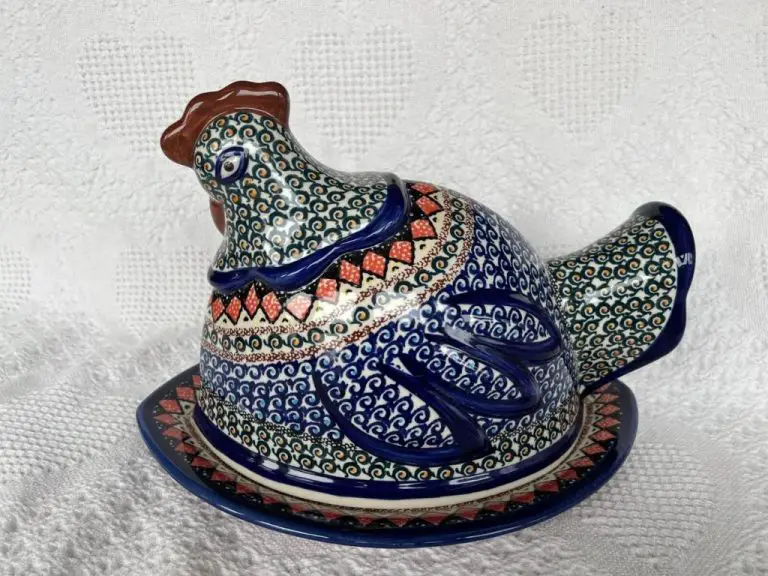What Does Rub N Buff Do?
What is Rub N Buff?
Rub N Buff is a waxy metallic paste used to give projects and crafts an antique, metallic finish. It was developed in the 1970s by American illustrator Larry Hama, who was frustrated by the difficulty of adding convincing metallic finishes to his artwork.
Rub N Buff is made from a petroleum distillate base combined with finely ground metal flakes and special additives that allow it to adhere well to surfaces. The main ingredients are a wax and petroleum jelly carrier, bronze powder, aluminum powder, zinc stearate, and titanium dioxide pigment.
This unique paste can be applied to a wide variety of materials including metal, glass, wood, fabric, polymer clay, and more. It is available in various metallic finishes like silver, gold, copper, bronze, pewter, and more. Rub N Buff is waterproof when dry and provides a durable finish.
It is most commonly used by artists, crafters, and DIYers to antique, restore, or add metallic accents to projects. With Rub N Buff you can easily transform the look of objects by making them appear aged, distressed, or given an oxidized patina. It allows you to highlight details and give crafts an old-world, vintage look.
Types of Rub N Buff
Rub N Buff comes in a variety of formats and colors for different applications. The main types are:
Wax
Rub N Buff wax comes in a stick form and is the most common type. It provides good control for detailed application. The wax can be built up in layers and blended easily. It comes in metallic colors like gold, silver, copper and bronze.
Paste
Rub N Buff paste has a thicker, creamier consistency. It works well for covering larger areas and can be applied with a brush or fingers. The paste blends smoothly and dries to a uniform finish. It comes in fewer metallic colors than the wax.
Liquid
Rub N Buff liquid has a thin, paint-like consistency. It works well for airbrushing and covering very small, intricate areas. The liquid dries quickly to a smooth, bright metallic finish. Color selection is limited compared to the wax and paste.
In summary, the main differences are the application method, consistency, drying time and availability of colors and finishes. Wax offers the most versatility while liquid targets more specialized uses.
How to Use Rub N Buff
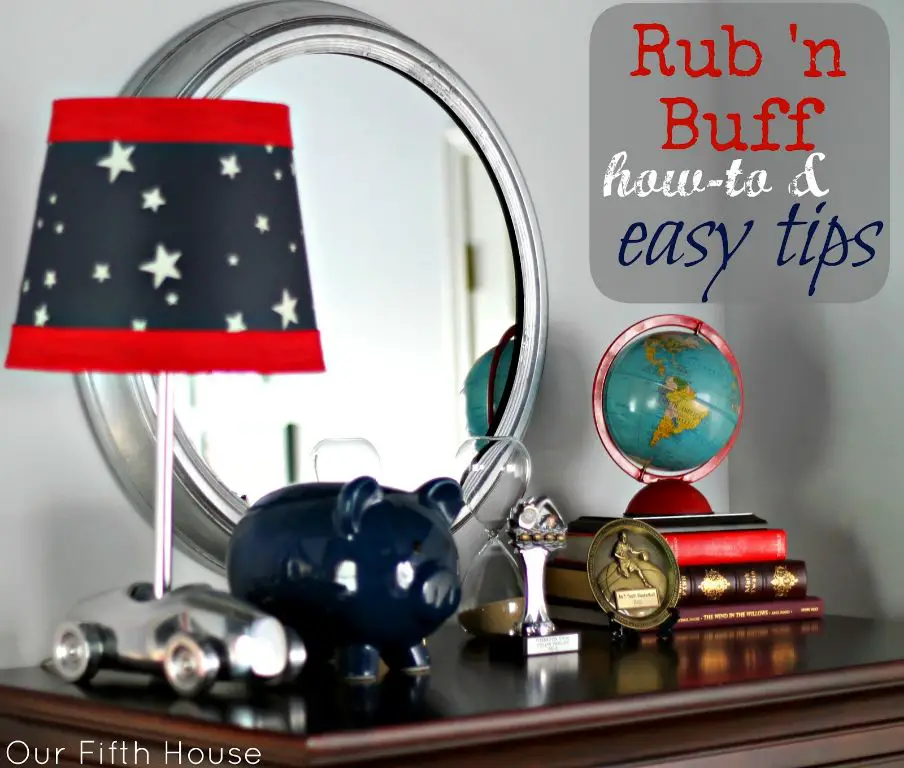
Using Rub N Buff properly takes some practice, but following a few key steps will help you get great results. Some tips for applying Rub N Buff include:
Start with a clean surface free of dirt, oil or residue. Rub N Buff adheres best to smooth, prepared surfaces.
Apply in a thin, even coat using a soft cloth or foam applicator. Less is more – you can always add additional coats for more coverage, but removing excess is tricky.
Rub the product in circular motions to evenly distribute and fill in crevices. Let dry completely between coats.
Finish with a protective clear sealer spray if using on a surface that will be touched often to prevent fingerprinting or transferring the finish.
Store upright and tightly sealed to avoid drying out. Dispose of cloth applicators properly since they can be flammable.
Consider testing on a discreet area first. Rub N Buff can permanently alter some surfaces.
Use masking tape for clean edges if applying to a portion of an object.
Rub N Buff takes some practice to master, but following basic application techniques will help ensure you get smooth, even coverage and great results.
Uses and Applications
Rub N Buff is extremely versatile and can be used on a wide variety of materials and surfaces. Some of the most common uses include:
- Metal – One of the most popular uses for Rub N Buff is antique finishing for metal objects like jewelry, hardware, sculptures, and more. It works well on metals like brass, copper, pewter, silver, and iron.
- Wood – Rub N Buff can be used to distress and age unfinished wood surfaces. It’s great for creating vintage-looking furniture, wood signs, and decorative wooden crafts.
- Glass – The waxy paste formula adheres well to smooth glass surfaces like vases, jars, and bottles. Rub N Buff adds an aged, antique finish.
- Ceramics/Pottery – An ideal choice for antiquing ceramic surfaces like flower pots, mugs, plates, and decorative ceramics.
Some common craft and DIY projects that utilize Rub N Buff include:
- Jewelry like rings, bracelets, necklaces, and more
- Picture and mirror frames
- Furniture and home decor like lamps, trays, candle holders
- Holiday crafts like ornaments and decorations
- Fashion accessories like buckles, clasps, buttons
With its adhering paste formula, Rub N Buff can give almost any object or material an instant aged or antiqued finish. It’s especially popular among metalworkers, jewelry makers, mixed media artists, prop builders, and DIY crafters. (https://inglewoodcraftsman.wordpress.com/tag/rub-n-buff/)
Benefits and Drawbacks
Rub N Buff has several notable benefits that have contributed to its popularity amongst artists and crafters:
Ease of Use – Rub N Buff goes on smoothly and easily with a cloth or foam brush. It requires no pre-treatment of the surface and can be applied directly to metal, wood, glass, ceramic, polymer clay, and more according to several bloggers (Source).
Rich Metallic Finish – The pigmented wax creates a bright, convincing metallic look on most surfaces. The range of colors allows emulating gold, silver, copper, bronze and more.
Versatile – In addition to metal leafing, Rub N Buff can be used on a wide variety of crafts from jewelry to furniture according to users (Source). Its non-toxic formula makes it safe for most applications.
However, there are some potential drawbacks to consider:
Temporary Finish – Since Rub N Buff remains slightly tacky and does not fully cure, the finish can wear, fade or rub off over time according to product reviews. Clear coats may help protect the finish.
Messy – The waxy product can get messy during application and transfer to other surfaces. Proper prep and care is required to avoid smudges.
Limited Color Range – Although the range of metallic colors is decent, selections are still relatively limited compared to paints and some users desire more variety.
Comparable Products
While Rub N Buff is popular, there are some other metal waxes and craft finishes that can achieve a similar metallic effect. Some alternatives include:
Gold leaf – This is actual gold foil that can be applied to surfaces with adhesive. It creates a very luminous finish but requires more precision to apply properly (Source).
Metallic paint pens – These allow you to draw directly on a surface with a metallic paint. They come in various colors but don’t have quite the same rubbed-on finish as Rub N Buff (Source).
Metallic craft paint – Regular acrylic craft paints with a metallic finish can substitute for Rub N Buff. However, they may not spread as evenly or create quite the same antiqued look.
Other metal waxes – Products like Modern Masters Metal Wax are similar to Rub N Buff in finish and application. The main difference would come down to color selection and personal preference.
Overall, Rub N Buff is appreciated for its ability to tint surfaces in a sheer, translucent way. The alternatives may appear more opaque or glossy in comparison. But for some projects, they can achieve a similar antique, rubbed-metal effect.
Prices
Rub N Buff comes in various sizes and types that range in cost. According to PriceCheck, a 0.5 oz jar of Rub N Buff wax metallic finish typically costs $5-7 USD. The 2 oz jar runs around $10-15 USD. Larger 8 oz jars can cost $25-35 USD.
There are also value pack sets available with multiple colors like the Rub N Buff 10 Color Sampler Kit which contains 0.5 oz jars of 10 colors for around $30-40 USD. The 12 Color Deluxe Set with 2 oz jars costs approximately $100-120 USD.
Specialty variants like the Rub N Buff Pearlizer run higher at about $6-10 USD per 0.5 oz jar. The Rub N Buff Clear Coat is around $8-12 USD for a 0.5 oz jar.
Rub N Buff can be purchased online through major retailers like Amazon, Michael’s, Joann’s, and Walmart or specialty art supply stores. Many local craft, hobby, and art supply shops also carry Rub N Buff wax products. According to BStore, Rub N Buff is available on Amazon in Europe as well.
Tips for Best Results
Rub ‘N Buff is easy to use, but there are some tips to follow for getting the best results:
Apply Rub ‘N Buff in thin, even layers using your fingers or a soft cloth (1). Too much at once can cause an uneven finish. Multiple thin layers generally work better than one thick coat. Let each layer dry completely before adding the next (2).
Rub ‘N Buff works best on clean surfaces free of oils, polish, or grime. Lightly sanding the surface first can help with adhesion. Apply a sealant afterward for added protection and shine (3).
Test on an inconspicuous spot first, especially with antiques or porous surfaces. Porous materials may require a primer coat first. Be cautious using Rub ‘N Buff on plastic, as it can interact with certain types of plastic.
Store tightly sealed and away from heat or sunlight, as exposure can cause the product to dry out (4). To revive dried out Rub ‘N Buff, add a few drops of mineral oil and mix thoroughly (5).
Rub ‘N Buff can be more difficult to apply evenly on large, flat surfaces like metal. Opt for small accents instead. It adheres better to intricate, detailed surfaces. Allow extra dry time on metal — up to 24 hours — before applying a topcoat (6).
Clean up spills right away with soap and water. Rub ‘N Buff can stain skin, so wear gloves and an apron. Avoid using near open flames, as Rub ‘N Buff is flammable.
Notable Uses
Rub n Buff has been used in many famous works of art and props in films/TV shows. Here are some notable examples:
The artist Jeff Koons plated his iconic balloon dog sculptures in metallic finishes using Rub n Buff. His balloon dog sculptures are among the most expensive works by a living artist ever sold at auction, with one selling for over $58 million.1
Rub n Buff was used extensively on props and costumes in the Lord of the Rings and Hobbit trilogies directed by Peter Jackson. It gave many items like armor, weapons, and jewelry a real metallic look while being safe and non-toxic for actors to wear.2
The artist Miriam Schapiro used Rub n Buff to add metallic accents to many of her femmage works, a collage technique she pioneered that incorporated fabrics and traditionally feminine materials. Her pieces highlighted feminist themes and featured bold metallic touches from Rub n Buff.1
YouTube DIY channels like Evan and Katelyn have featured creative uses of Rub n Buff for prop making and costumes, like turning foam armor into realistic metal gear for cosplay.2
History and Popularity
Rub ‘N Buff was developed in the 1970s by Eve Meyer, wife of film director Russ Meyer. Eve created the Rub ‘N Buff wax formula while working as a makeup artist in the film industry. She found traditional makeup lacked the metallic shimmer she wanted for certain scenes and character looks. So Eve began experimenting with mixing waxes and powders to create her own metallic makeup colors. This led to the beginnings of Rub ‘N Buff (Hometalk).
The popularity of Rub ‘N Buff grew steadily since its origins in the 70s film industry. As word spread of its versatile uses for prop, craft, art, jewelry, and furniture projects, crafters, DIYers, artists, and more began using Rub ‘N Buff. Today it remains a popular metallic finish option across many hobbies thanks to its ease of use, affordability, and wide range of colors (Houzz). While new specialty finishes have been developed over the decades, Rub ‘N Buff’s simple carnauba wax and metallic powder formula remains appealing to users of all skill levels.

